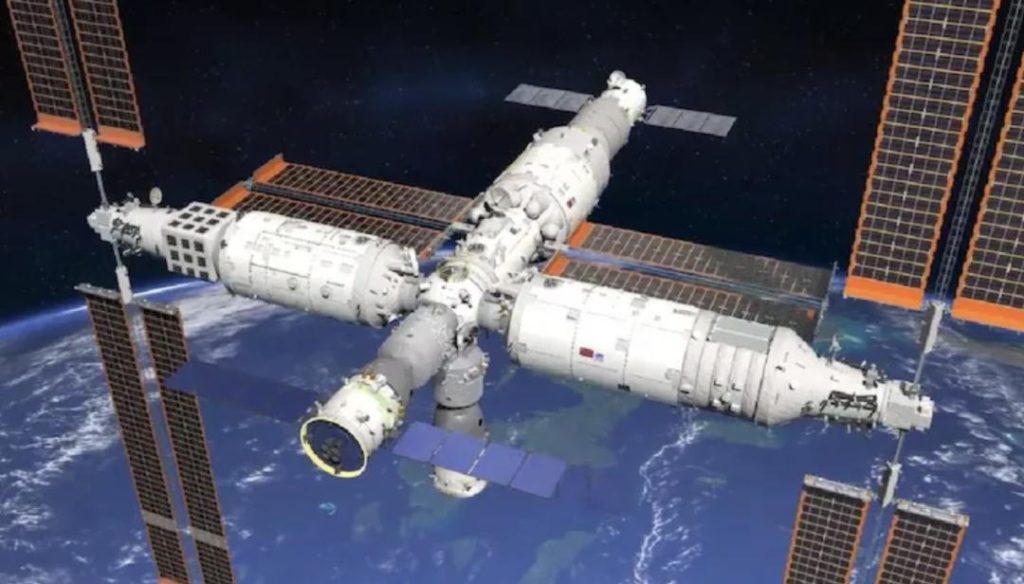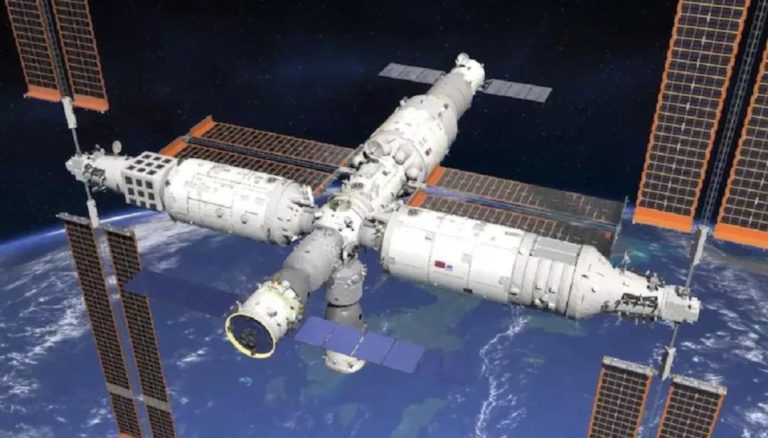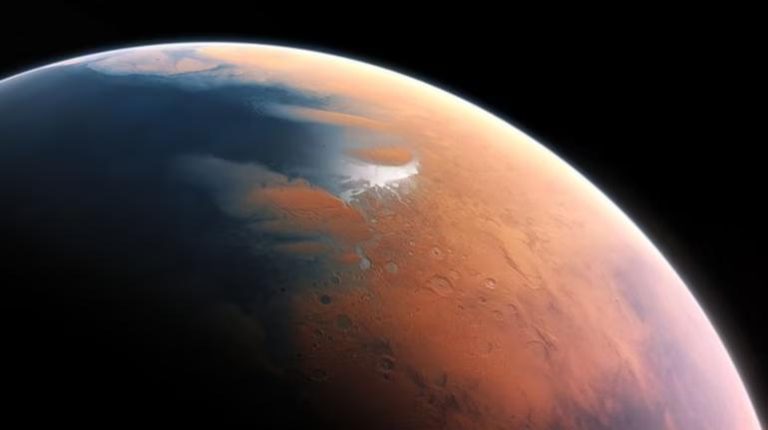
China to Train & Launch Pakistani Astronauts for the 1st Time
In a historic move, China has announced that it will train and launch two Pakistani astronauts to participate in a joint mission to its space station. This marks a significant milestone in the space cooperation between the two countries, with Pakistan becoming the first foreign country to have astronauts trained and launched by China.
As part of the joint mission, the two Pakistani astronauts will receive spaceflight training in China’s Xi’an city, which is known for its advanced space technology and facilities. The training program is expected to last several months, during which the astronauts will learn the skills necessary to operate in space, including spacewalks, spacecraft systems, and emergency procedures.
The China Manned Space Agency (CMSA) has announced that the Pakistani astronauts will join the International Space Station (ISS) crew on a mission to the Tiangong space station, a Chinese space station that is expected to be completed by 2024. The Tiangong space station is designed to be a multi-module space station that will enable long-term space missions and will serve as a stepping stone for further exploration of the solar system.
The announcement of the joint mission was made by CMSA officials, who stated that the training program will be conducted in collaboration with the Pakistan Space and Upper Atmosphere Research Commission (SUPARCO), the country’s space agency. The training is expected to begin in the coming months, with the Pakistani astronauts scheduled to launch on a Chinese spacecraft in the near future.
This move is significant not only for China and Pakistan but also for the global space community as a whole. It marks a new era of cooperation in space exploration, with China and Pakistan paving the way for future joint missions and collaborations.
The decision to train and launch Pakistani astronauts is part of a bilateral deal between the two countries to train and send Pakistani astronauts to China’s space station. The deal was signed earlier this year, following a meeting between Chinese and Pakistani officials in Beijing.
The deal is seen as a major milestone in the space cooperation between the two countries, with Chinese officials stating that it is a “new chapter” in the bilateral relationship. The deal is also seen as a significant step forward for Pakistan’s space program, which has been working towards becoming a major player in the global space community.
Pakistan’s space program has been making significant progress in recent years, with the country launching its first satellite, Paksat-1R, into space in 2011. The country has also been working on developing its own space launch vehicle, the Ghaznavi, which is expected to be launched in the near future.
China, on the other hand, has been a major player in the global space community for several decades, with a number of successful space missions under its belt. The country has been working on building a space station of its own, with the Tiangong space station expected to be completed by 2024.
The joint mission between China and Pakistan is expected to be a major milestone in the history of space exploration, with the two countries working together to achieve a common goal. The mission will not only demonstrate the capabilities of the two countries but also pave the way for future joint missions and collaborations.
In conclusion, the announcement of China’s decision to train and launch Pakistani astronauts is a significant milestone in the space cooperation between the two countries. The joint mission will not only mark a new era of cooperation in space exploration but also pave the way for future joint missions and collaborations.
The move is a testament to the growing importance of space cooperation in the global community, with countries working together to achieve a common goal of exploring and understanding the universe. As the world looks to the future, it is clear that space exploration will play a major role in shaping our understanding of the universe and our place within it.






